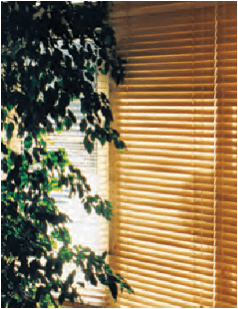American basswood
Tilia americana
Other names: Linden
Distribution & Availability
Eastern USA, principally the Northern and Lake States, where there is reasonable availability as lumber and veneer. Lumber is produced in a range of thicknesses, specifications and grades, although volumes may be limited.
General Description
The sapwood of basswood is usually quite large and creamy white in colour, merging into the heartwood, which is pale to reddish brown, sometimes with darker streaks. The wood has a fine uniform texture and indistinct grain that is straight.
Physical & Mechanical Properties
The wood is light and soft with generally low strength properties and a poor steam bending classification.
Working Properties
Basswood machines well and is easy to work with hand tools making it a premier carving wood. It nails, screws, and glues fairly well and can be sanded, stained, and polished to a good smooth finish. It dries fairly rapidly with little distortion or degrade. It has a fairly large shrinkage but good dimensional stability when dry.
Durability
Non-resistant to heartwood decay but the wood is permeable, so it can be suitable for preservative treatment.
Main Uses
Carving, turning, furniture, pattern-making, mouldings, interior joinery and musical instruments. An important specialised use is Venetian blinds or internal window shutters.
Other Information
Often produced in 9/4 (57.15mm) thickness for venetian blinds. Pin knots and light brown mineral streaks are a natural characteristic and not considered a defect.










